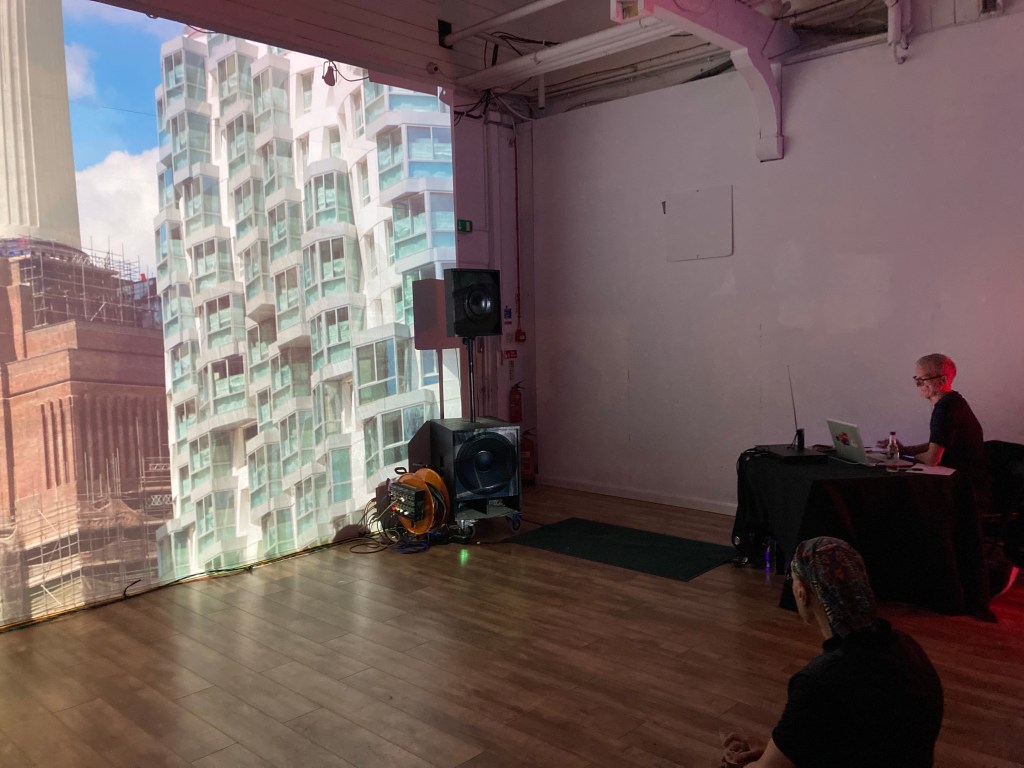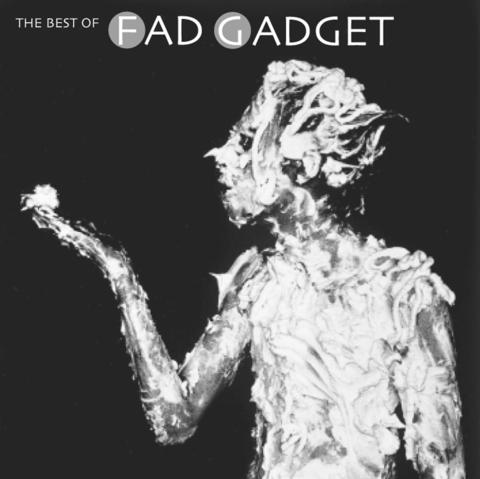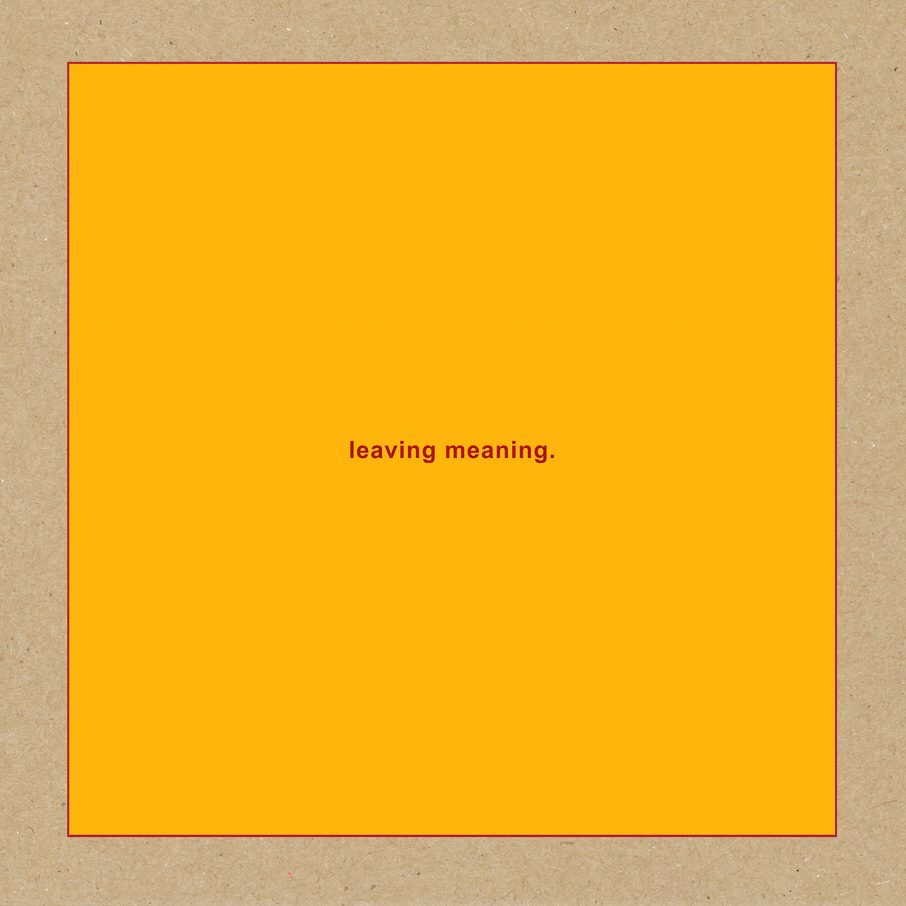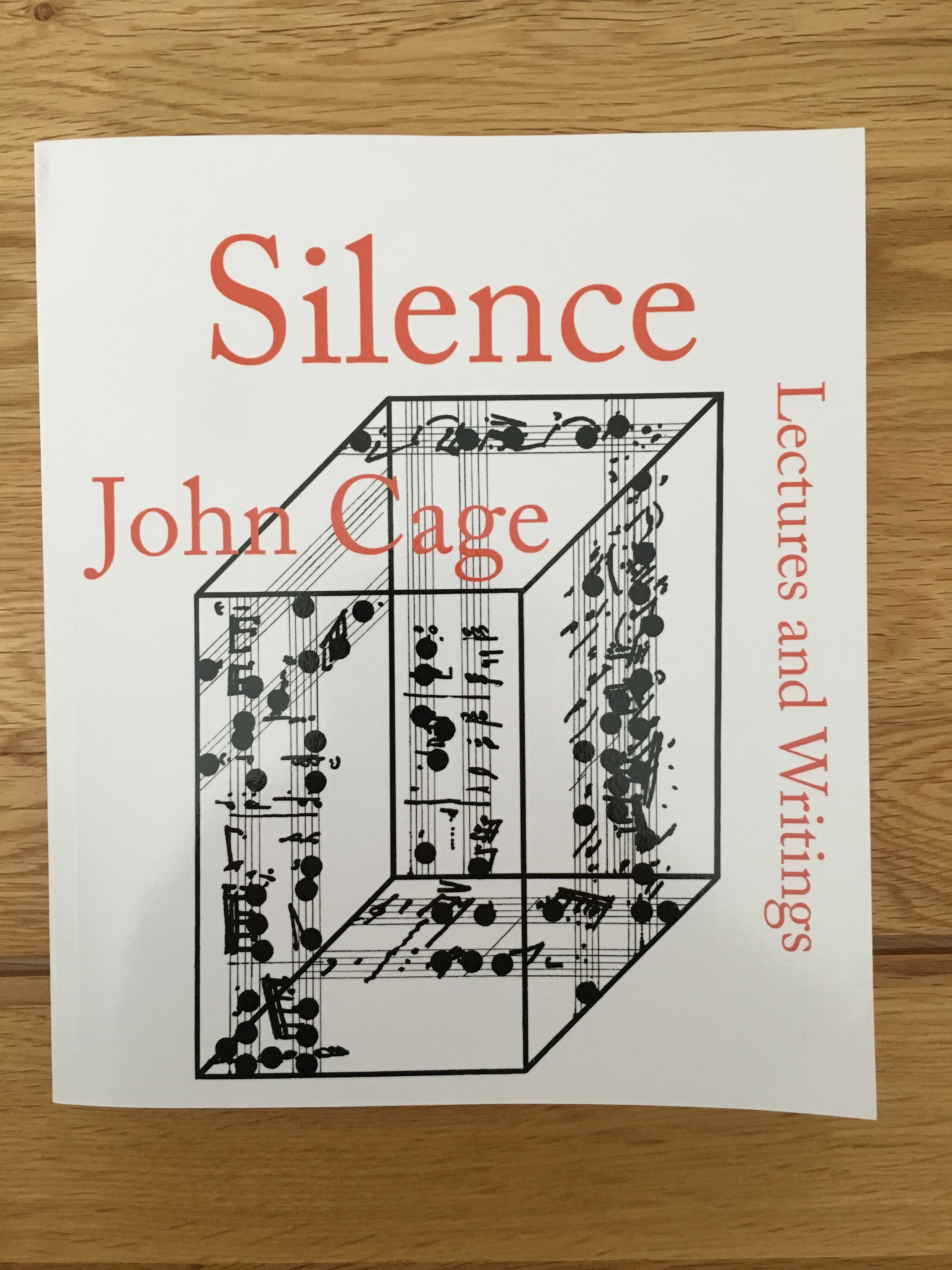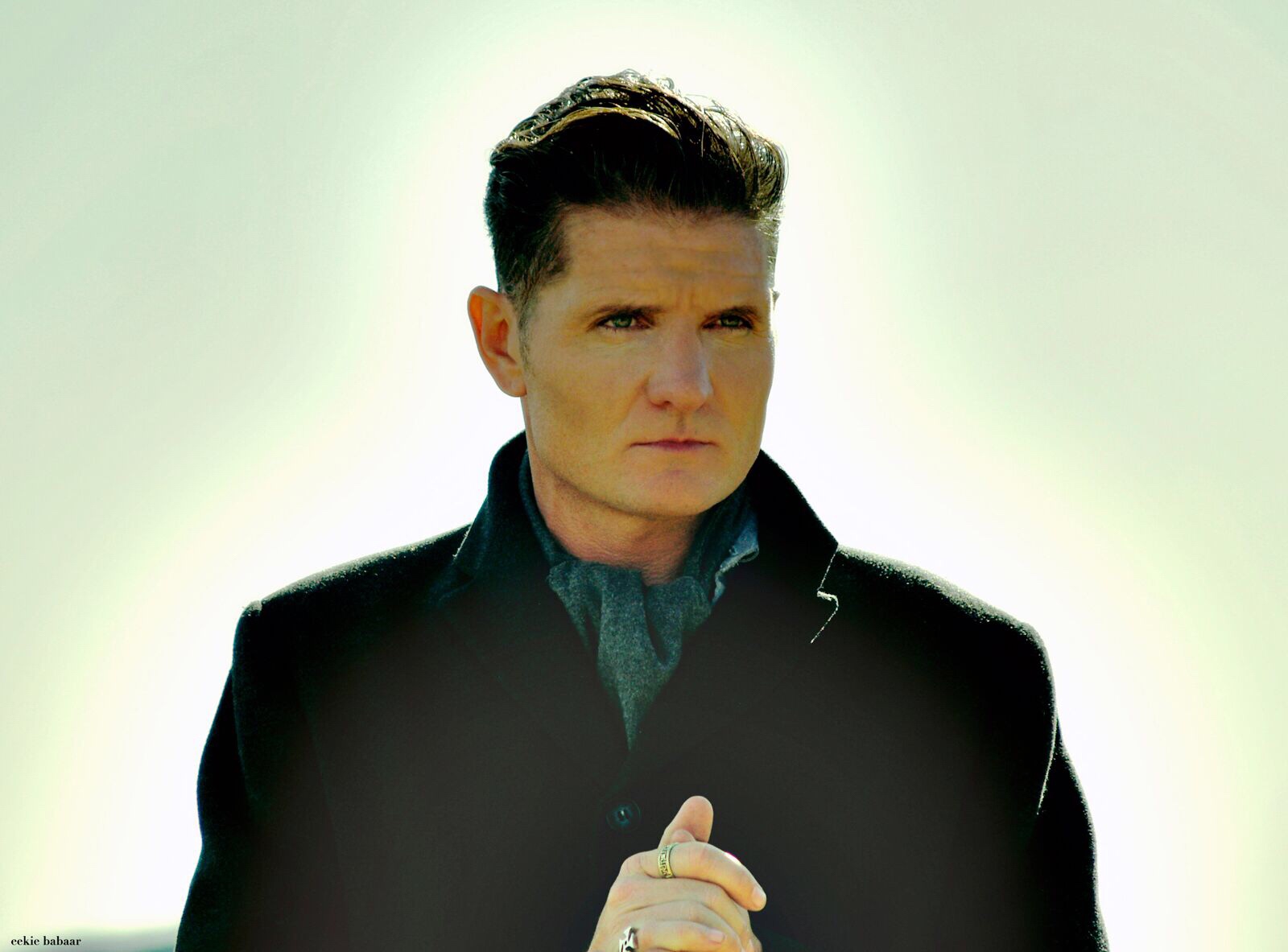
Being invited to write the notes for the reissue of Erasure was, as it was for I Say, I Say, I Say and Chorus, a humbling experience. A pinch-yourself moment. An honour. A privilege. All of these things. Whenever I’ve worked with Andy and Vince like this, I try to imagine what my younger self would think if he knew that one day he’d cross the rubicon between fan and employee of Erasure. I doubt he would believe it. I still can’t believe it.
I found myself reflecting on my younger self as I began the Erasure project. I very often mark out the significant events in my life through Erasure albums, and this was no exception, though perhaps the memories were a little more prominent and poignant than they had been with the previous two albums.
Between the first single, ‘Stay With Me’, and the album’s release, I’d left home and moved to university in Colchester. ‘Stay With Me’ seemed to capture a specific and strange feeling that descended on me as I made my final preparations for leaving, a feeling that was somewhere between optimism and fear. My first year campus university accommodation was in a tower block, and I imagined the observational viewpoint of Andy’s lyrics as if they were looking in on me as I started a new chapter of my life.
By the time ‘Erasure’ was released, I was already at university. I now forget where I purchased the album from but I suspect it was Our Price and I seemed to remember that it was the first week I was there. I still had some wages left from my summer job and I remember I also bought a pair of Levi’s. A shop worker in Birmingham, where I’d bought a pair of Levi’s before, told me to buy them with a larger waist size to avoid them being too tight, and that’s what I did with this pair. Within a month I’d lost so much weight at university that they became way too big and I couldn’t wear them anymore. I wasn’t ill and it wasn’t that my diet was poor: I’d just decided to become vegetarian to save more money so I could afford to maintain my record buying habit.
I first listened to Erasure in my tiny room in my tower block the afternoon of its release. I played it while ironing my new jeans.
“You had a pair of white jeans!” said Vince, when I told him this story. The connection of our Zoom call had either broken; or, more likely, he had deliberately misheard me.
“No, not white jeans,” I protested. (They were blue.)
“Oh man, I can’t believe you wore white jeans,” he laughed, ignoring me, his face displaying the huge grin I’ve become accustomed to seeing over the years. “I don’t think I can talk to you any longer.”
If BMG don’t invite me to write the liner notes for any future reissues, you now know why.
—
Whenever I’ve approached Erasure liner notes, I’ve always followed two guiding principles. The first is to never rely on either my own personal recollections or the massive amount of magazine and newspaper clippings that I collected voraciously at the time. The other is to try and include as many voices as possible in the piece.
The first principle is important. I want these notes to tell the story of the album, and I can think of no better way of doing this than speaking to the people who made it. In many cases, a detailed account of the process of making an Erasure album has never really been written, which gives these notes – I hope – a certain freshness, rather than something familiar. I also go back to what I was saying at the beginning. I am, first and foremost, a fan. These albums are important parts of my life and I’m completely biased. I figure that the best way to avoid these pieces being nauseatingly gushing fanboy pieces is to focus on telling the story. I’m also naturally inquisitive. I like to get inside a story. I like the details.
The ‘many voices’ principle is one that I really, really enjoy following. This isn’t a reaction, by the way, to not getting much information out of Andy and Vince. Far from it. Both have always been incredibly forthcoming with their recollections, and I could easily write these pieces without relying on any other input. But there are always more than two characters in these stories, and those other characters always play an important role, not least because they give us the opportunity to see what it’s like to watch Andy and Vince at work. Those players give a totally different, external perspective on the Erasure creative process, as well as life beyond the studio.
Vince would, for example, never talk about his cumbersome coffee machine and the elaborate process of making cappuccinos before recording sessions at his 37B studio could begin; engineer George Holt did, because they were the best cappuccinos he’d ever drunk, and it was an important part of the daily routine in the studio. Andy wouldn’t necessarily talk about the different ways that his voice would be recorded; Gareth Jones, who produced Andy’s vocal, could explain how he suggested things like sitting on the sofa in his room at Strongroom, or lying on the studio floor to get the specific vocal texture he thought worked best.
For Erasure, I spoke to Andy first. Andy was at his house in Mallorca, where he has some of the original Ashley Potter paintings that were used across the album and single sleeves. He spoke to me from the room containing the piano that became the focal point of Herbie Knott’s celebrated press photograph for the album. I next spoke with Gareth Jones. Gareth and I sat in the artLab, his studio at Strongroom in Shoreditch, and listened back to the album. This is the third time he and I have done a playback like this, and it’s always a fascinating and illuminating experience to hear anecdotes and memories prompted by listening to the music. We spent an inordinate amount of time trying to identify Paul Hickey’s vocal contribution on the track ‘Love The Way You Do So’ and a long time debating whether I should try and speak to Diamanda Galás (in the end, I tried, but didn’t manage to secure time with her).
With Vince, apart from talking about my white jeans, we spent a lot of the time talking about Dark Side Of The Moon and how it influenced the sound of ‘Erasure’. Vince and I have spent a lot of time talking about this album over the years, and at his insistence he made me buy a vinyl copy because, in his emphatic view, Dark Side Of The Moon should only be heard on vinyl. When Vince is serious about something, I find its best to follow his advice, and he’s never wrong. The whole time I was compiling the liner notes, a copy of Dark Side Of The Moon sleeve was behind me in the room I do my writing in. I read up about the Pink Floyd classic voraciously, watched a documentary about it to understand its technical appeal to Vince, and listened to it almost as many times while writing the piece as I did Erasure.
Perhaps because he knows I am a bit of a technical Luddite, Vince and I rarely talk in detail about the process of making sounds. He once showed me how his studio works and how everything connects up, but I think he noticed quite quickly that I was confused and so anyone looking for my notes to explain precisely how he made that bass sound three minutes into ‘Rock Me Gently’ will always be disappointed. To me it’s basically just magic, and I’m happy for my understanding of what Vince does to stay that way.
Most of the technical detail for the liner notes came from Thomas Fehlmann and George Holt. Similar to when I spoke to Martyn Ware for I Say, I Say, I Say, what I got from Fehlmann and Holt was their awe at how Vince worked. They clearly both work on a technical level that most of us would only ever aspire to, yet they thought what Vince did was basically magic as well. Vince insisted that I should meet George and ask him to cook me Italian food, as he thought he was the best chef he’d ever met; alas, that didn’t happen, but George did offer. Food came up a lot in conversations with the Clarke / Fehlmann / Holt trio, as did lots of tales of larking about in the downtime around the sessions.
Vince encouraged me to speak to Lloyd Puckitt, the mix engineer who worked at Strongroom with François Kevorkian on the album. I tracked him down and was so pleased that Vince had suggested it. I couldn’t secure time with François (“He’s always so busy,” said Daniel Miller) but, in many ways, speaking to Lloyd was better. This was a man who, by his own admission, got to witness two geniuses at work – he would watch the meticulous way that François set up and managed a mix, and he gushingly recalled a moment when Vince brought his Arp 2600 into the mixing room at Strongroom to add additional percussion sounds to a track at the near-final stage. Few people have seen Vince making sounds up close like that, and for Puckitt it was a hugely memorable day on the job.
My final interview was Daniel Miller. Daniel’s involvement with any Erasure album is often understated and imperceptible, but it’s always important. His guiding presence – never controlling, always supportive, always honest – is all over Erasure. It didn’t trouble him at all that this album wasn’t going to yield lots of pop hits for Mute. He thought it made make sense for Andy and Vince to stretch out their sound expansively, though he quickly challenged my assertion that this was the duo at their most experimental. “I generally find the word ‘experimental’ a little bit tricky,” he said to me. “Whenever anybody goes into the studio there’s an element of experimentation.” Daniel was responsible for the art direction of the album, incidentally.
I find myself obsessed with the routines involved when making Erasure albums, especially when Andy and Vince were working apart. For me, that’s what allows me to move from being a mere listener to being a fly on the wall of the creative process. I loved George’s stories about hauling himself in his car (“A 1957 Land Rover with no roof.”) from his girlfriend’s house in Dalston, to Soho to collect Thomas, and on to Vince’s place in Chertsey. I loved knowing that Andy and Gareth were night owls, recording beyond the small hours and running up against the mixing deadline, their tight bond yielding hours and hours of vocal recordings, much of which is sitting, unused, on the master tapes.
—
I recently met up with Janet Gordon, who managed the Erasure Information Service when Erasure was released. We got to talking about the ‘Private Ear’ booklets she produced for fans, and the annual charts she would ask us to complete for our favourite songs, B-sides, remixes etc.
There was also a section for ‘worst remix’, and for as long as I can remember, the top slot was taken by The Orb’s Orbital Southsea Isles Of Holy Beats remix of ‘Ship Of Fools’. That always baffled and frustrated me, and I generally voted it my favourite remix because of that. I loved The Orb. I’d been to see them at Warwick Arts Centre in 1994 and it was a decidedly transformative experience. At university I often said it was more important than my first sexual experience. I loved what Alex Paterson and Thrash did with ‘Ship Of Fools’ – stretching it out, exposing its fragile beauty and taking it off along a course that only someone with Paterson’s imagination could. When I heard that Thomas Fehlmann was going to produce the album, I smiled to myself.
By then, Fehlmann was a member of The Orb, though he hadn’t been at the time the ‘Ship Of Fools’ mix had been completed. When I spoke to him, he was aware that Alex and Trash’s mix had been universally derided, and I think we both shared the view that encouraging Vince to work with a producer attached to a group that was wholly un-Erasure was a brave, bold and typically Daniel suggestion by Mute’s boss.
It’s not right to call it a gamble. It was far too calculated for that. But however you might describe it, it paid off. Fehlmann readily admitted that his role could never be to suggest how Vince should make sounds. That would be like me trying to convince Vince that I didn’t have a pair of white jeans. Fehlmann’s value to ‘Erasure’ was in the arrangement, and how a track was permitted to evolve freely along its own path and hugely exceed the accepted length of a typical pop song.
There are so many things going on in these tracks that I don’t think it will ever be possible to hear them fully, or ever fully know them, and that’s undoubtedly part of its charm. Andy said that these are among the songs he is proudest of. Vince said that it was an album he played repeatedly to friends on his very expensive home stereo, excitedly pointing out details and sounds that may have gone unnoticed.
—
I held back tears when I first played Erasure. I wasn’t remotely sad: these were happy, joyous tears that I wanted to cry. I remember that was the first time that had happened, but it’s happened every time they’ve released an album ever since. I was a fairly emotionally closed person back then, and I’m happier to let the tears of joy flow freely now. There’s always something poignant and reassuring about the band you love the most coming back into your life with something new.
Erasure was a transitionary album for Vince and Andy, released at a transitionary moment in my life. Listening back to the album, and listening to its creators reminiscing about its creation, allowed me to revisit my younger self all over again. A lot has happened in 27 years. We’ve all lived, and are living, through a messy cocktail of joy and sadness; we’re all significantly older than we were then; we’ve all experienced tragedy and hope countless times since Erasure was released. But for the briefest time, I was able to transport myself back to being a callow youth at the start of my adult life, with all of that ahead of me, and for that I’ll be eternally grateful.
Thanks to Shaun, Richard and Janet.
Words: Mat Smith
(c) 2022 Documentary Evidence


